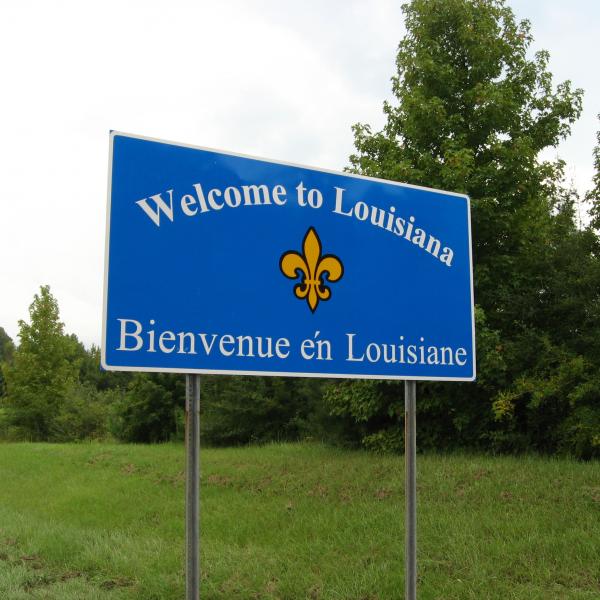I was very interested in Katharine Capshaw Smith's session on last Thursday morning (July 15th) and wanted to get this post in as next week is of course already here. Her session on The New Negro and Children's Literature made it very clear that children were the rising future. Children's presence in "media" was moving away from the stereotypical past. Scholars made a strong effort to validate the importance of children by having written print specifically for them and for different levels. I had not really reflected on how this aspect of literature for children actually became a political and creative birthing.
Du Bois's Crisis magazine became a great segue for other New Negro scholars and writers. I was pleased to see this as an avenue for women writer's and illustrators as well. We discussed in class that the magazine might have been a co-sharing between the adults and children in the home. It was as if this literary dialog was meant to be jointly discussed with parents, siblings or whoever at the time. Professor Capshaw Smith guided us to see that Du Bois's wanted children to know the racial adversities and social storms of the Renaissance season. Mama's apron would now only be your cape of protection if needed. Professor Smith said "the children were now like warriors." The image of the children in New York City dressed in white, walking as a human solidarity shield after the East Saint Louis race riots of 1917 was all too moving. This is where silence is powerful.
I so loved the excerpts from the Brownie Book. "The Jury" where children could write in and discuss their thoughts and "As the Crow Flies" a newsreel of the day. A class mate (oops did I forget your name?) said it was a "facebook" device of the time especially with all those beautiful pictures of children from all over. I guess it is never too early to start a social network of 'tweets."
As I reflect I realize my limitations in the field of New Negro women literary giants and illustrators. I have now bookmarked entries relating to Effie Lee Newsome, Leslie Pinckney Hill, Georgia Douglass Johnson and illustrator Lois Mailou Jones. It is all a learning process and I am so glad to still be learning. I am thankful to this Institute, Dr. Early, Katharine Capshaw Smith and my fellow Institute mates who are very awe inspiring! Thank you!
--Beverly J. Whittington



